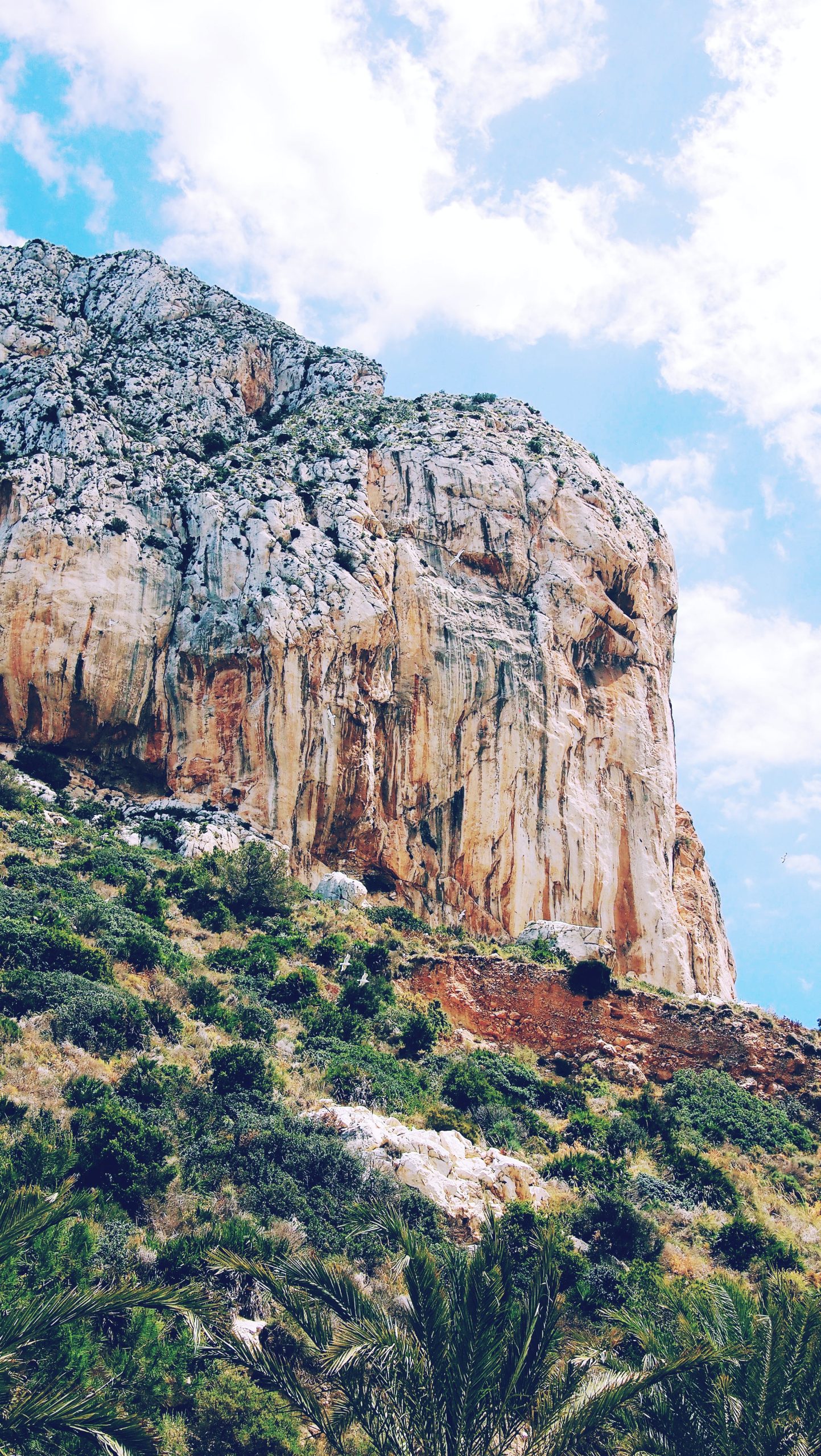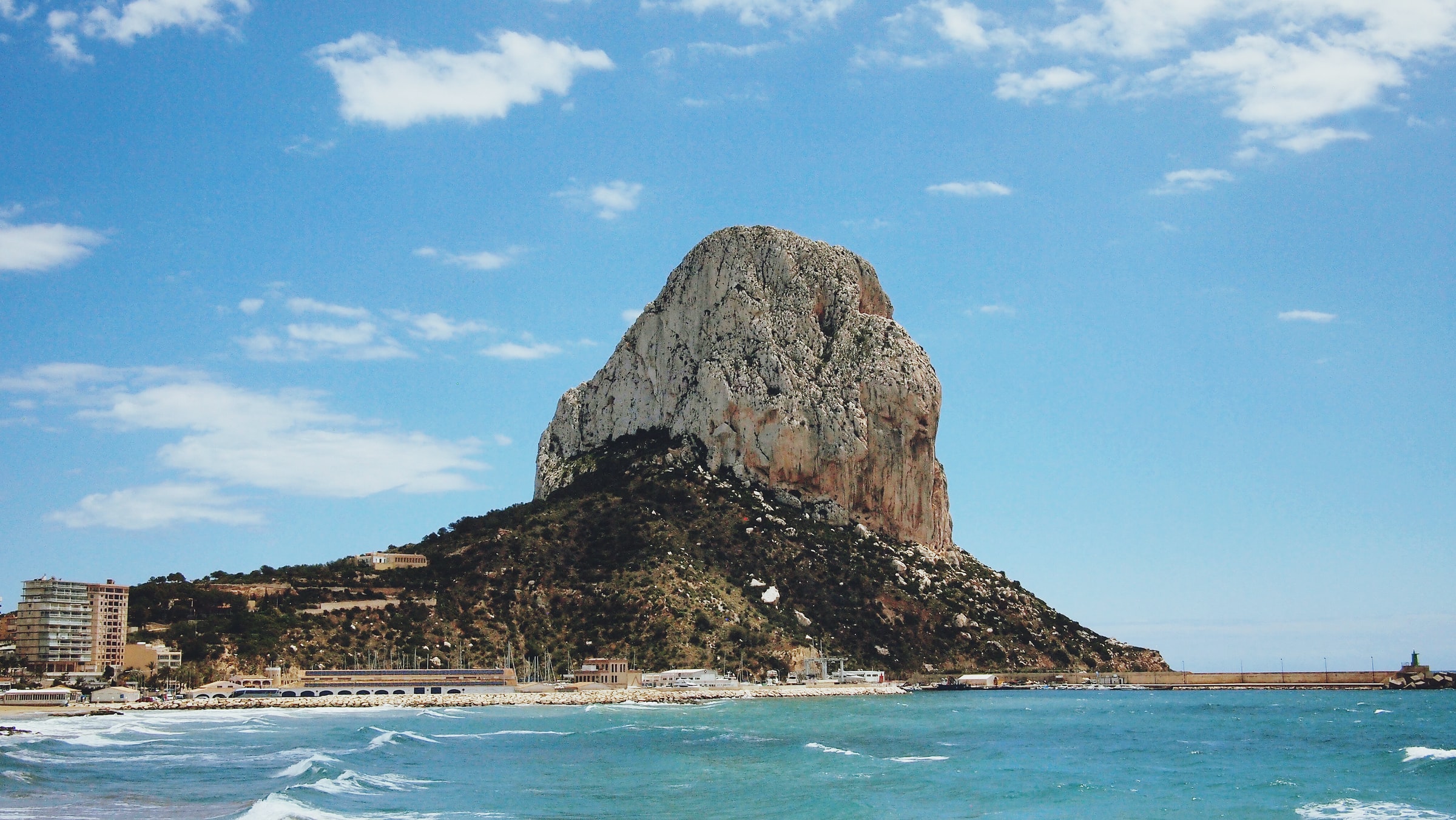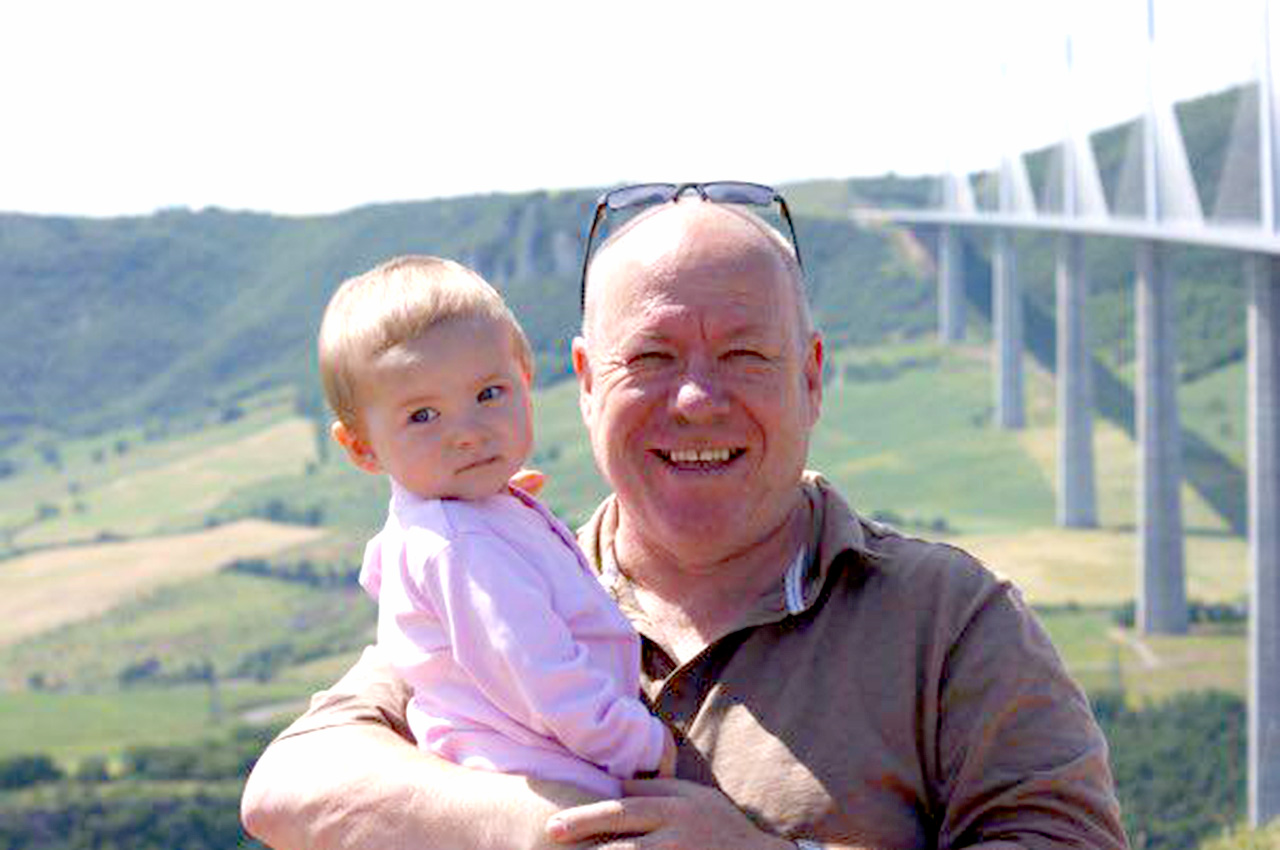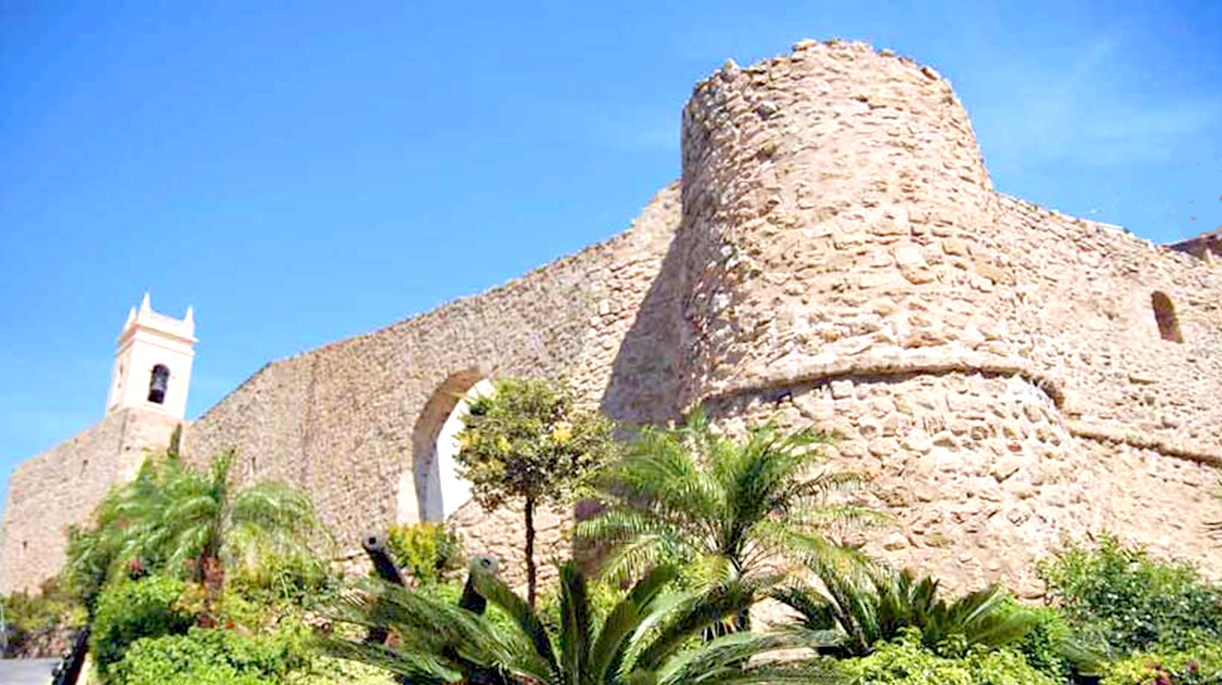
Calpe through time
In the early 1500s, the Moors were constantly attacking this region of Valencia and the Alicante Province in Southern Spain. In Calpe, the Torreón de “La Peça” was built, and you can see this bastion built then to defend Calpe at 31 Carrer del Statissim Crist.
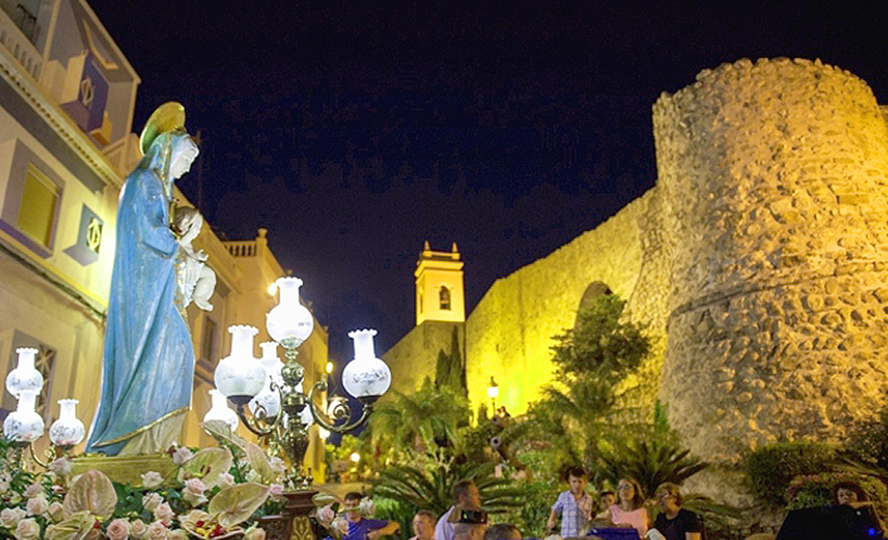
The Christians indeed won back Calpe and in the early 1600s, the Virgin of the Snows (Virgen de las Nieves) at 12 Plaça de la Villa was built atop ruins of a previous church.
Don’t miss the fiesta in July and August where flowers are offered along with a mass for the Virgen de las Nieves (Virgin of the Snows).
Get ready for a show!
If you’re staying with us during the summer months, you’ll be treated to the running of the bulls, and stunning flower-based floats and costumes in the big parade!

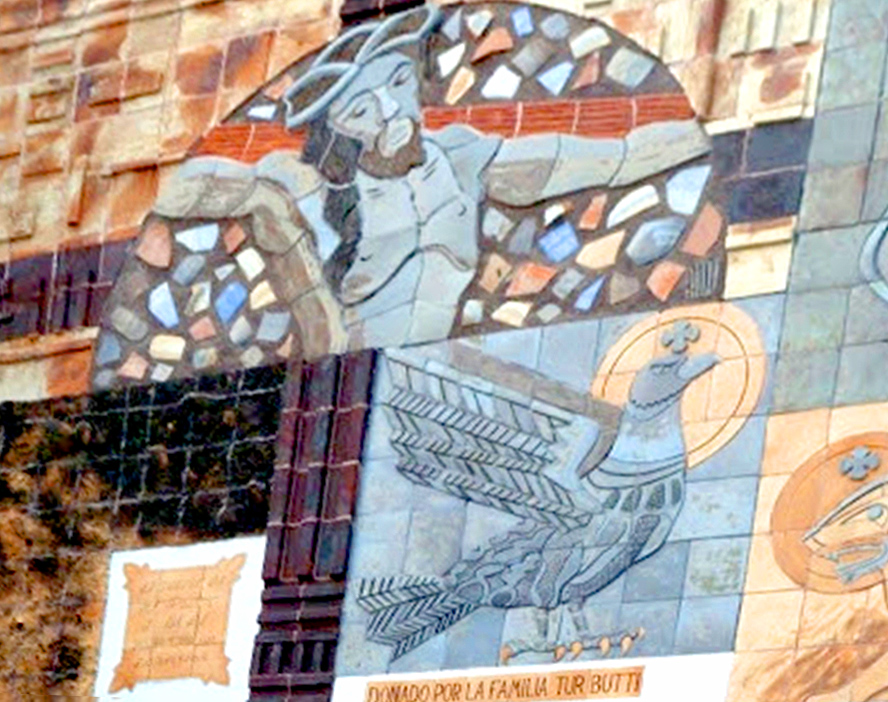
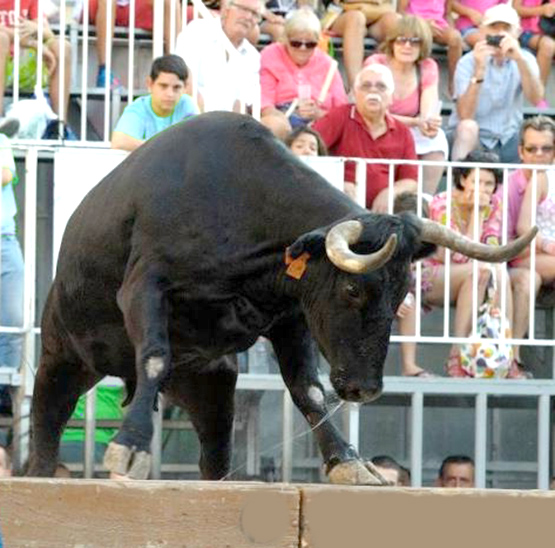
Lady of the Snows
The parish church for our Lady of the Snows was built in the Gothic Mudéjar style with heavy fortifications. The more recent church was built in the 1970s next to the old one.
More walls!
The old town was further walled off to guard against the pirates that would raid towns along the Costa Blanca in the 18th century.
Once the pirate raids ceased, the townsfolk poked holes in the road, leading to the charming little streets of Pescadores and San Roque amongst others.
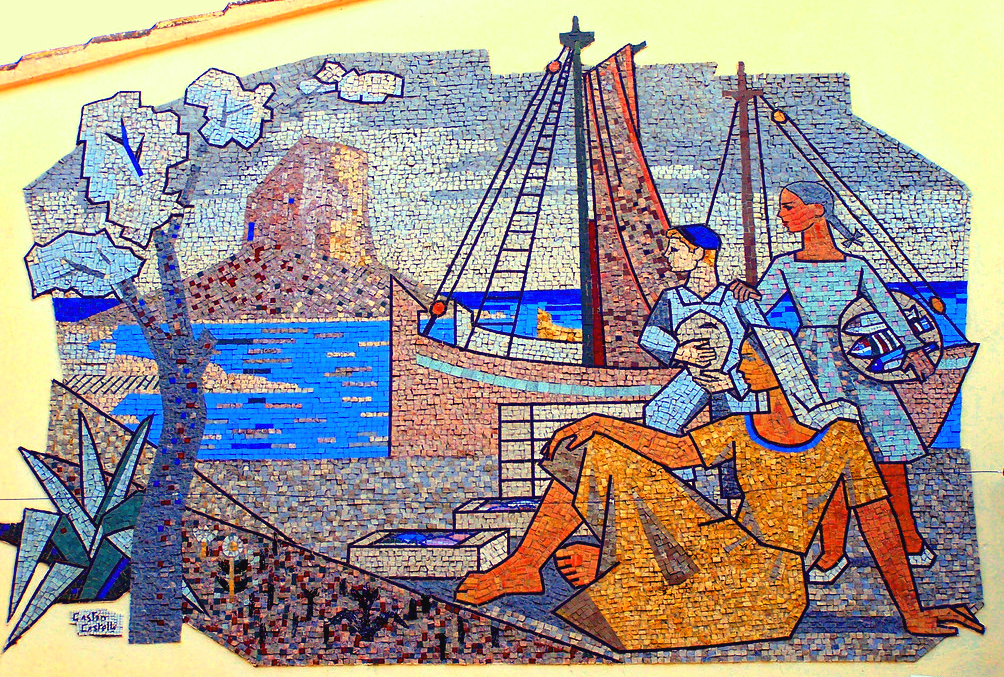
The famous Mosaics of Calpe Old Town
A very long tradition of tiles and mosaics are featured throughout the Old Town of Calpe.
A good TikTok moment can be had along with colourful mosaic mural made with local Alicante marble and rock (see mural above).
Crafted by the Alicantino muralist Gastón Castelló (1901-1986) you can take some good shots at the information centre at 3 Carrer de Ľermita.
This true masterpiece highlights Calpe’s focus on fishing, local craftspeople and produse, and of course, the Peñón de Ifach.
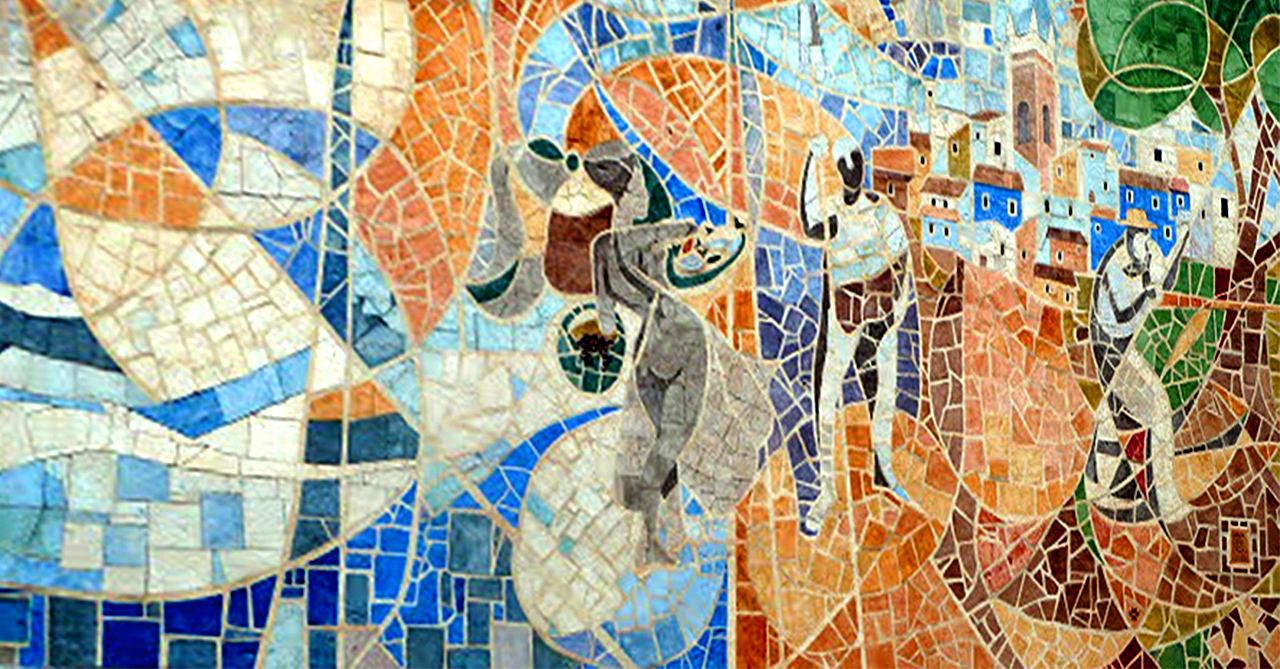
The Queen's Baths
A perfect spot to take a dip and enjoy the stunning coastline in both directions.
Protected from the surf and usually quite warm, you will luxuriate in style at one of Calpe's best beach spots!
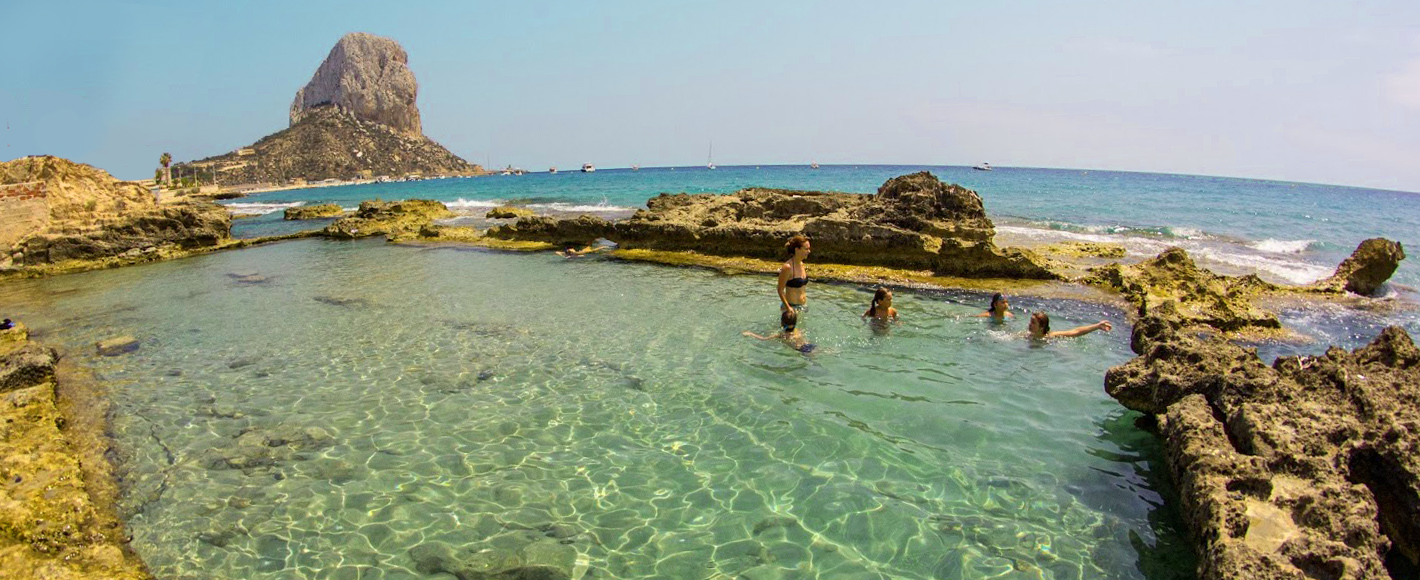
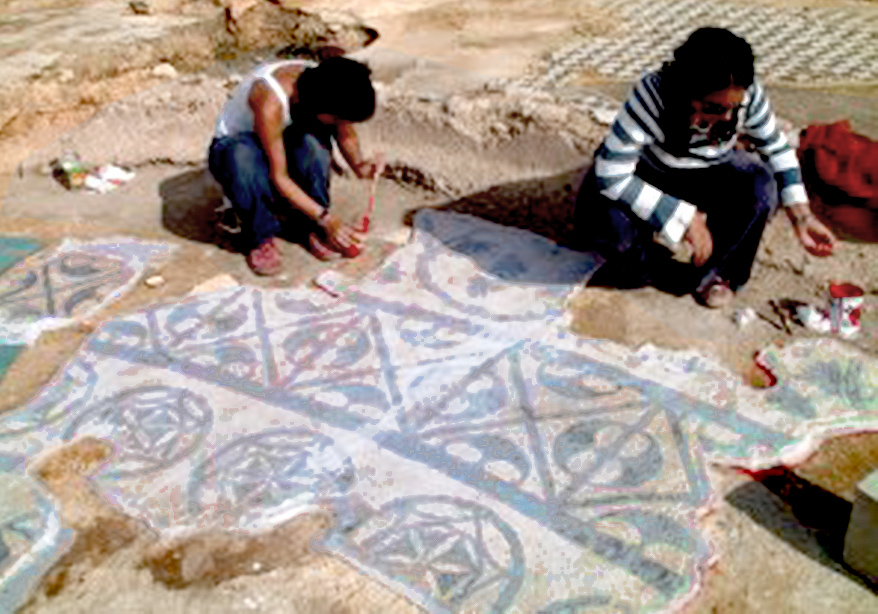
I do recommend a thorough exploration of the old town, where you can around every corner, walls, fountains and doorways decorated with mosaics, that all tell a part of the history of Calpe and the Costa Blanca.
One place that I love is a little square that the town dedicates to teachers: Plaça del Mestre D. Federico Llopis.
If you’re on holiday with the kids, this is an ideal corner to spend time with the children. You can play Parcheesi on its mosaic tables, play naughts and crosses or let them loose to paint on the blackboard.
It truly is a nice little corner of the town where the tradition of the mosaic is on display in all its splendour!
The Calpe mosaic tile tradition began at the Baños de la Reina (“The Queen’s Baths”), where a marvel of artful black and white Roman mosaics from the 1st century were discovered.
The site was studied and excavated, and you can see them mounted now in the Archaeological Museum of Alicante.
It is easy to get to the Queen’s Baths along the foreshore footpath if you’re on foot. By car, there is close-by red or orange zone parking on Calle Italia and on Avd. Europa just behind the site.
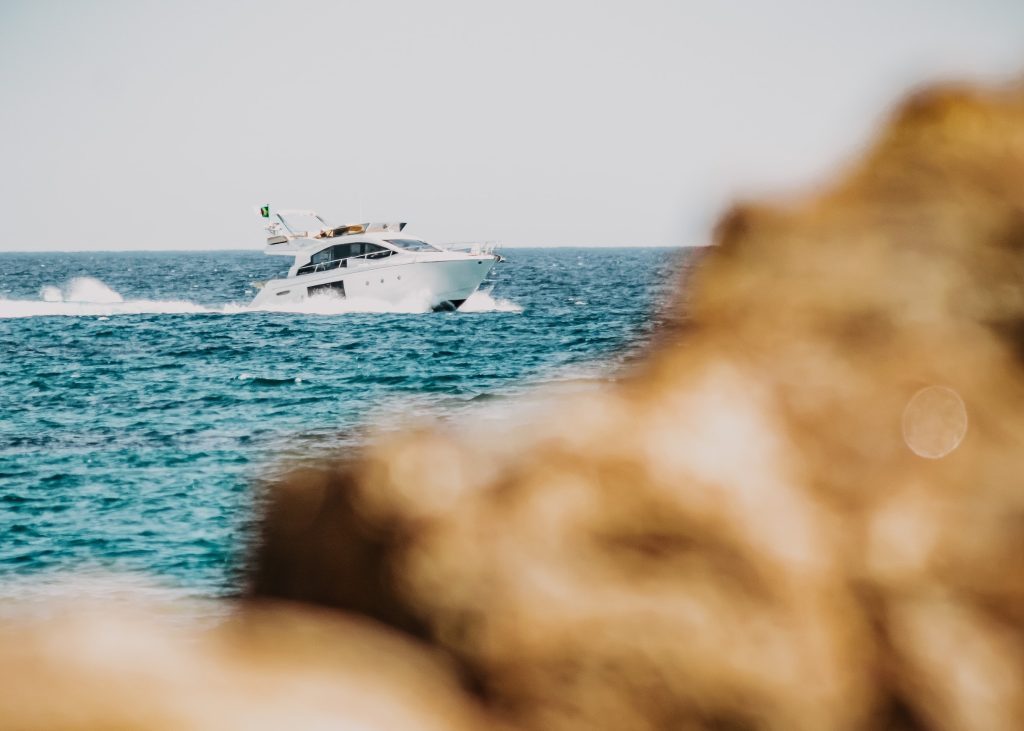
Peñón de Ifach ("Calpe Rock")
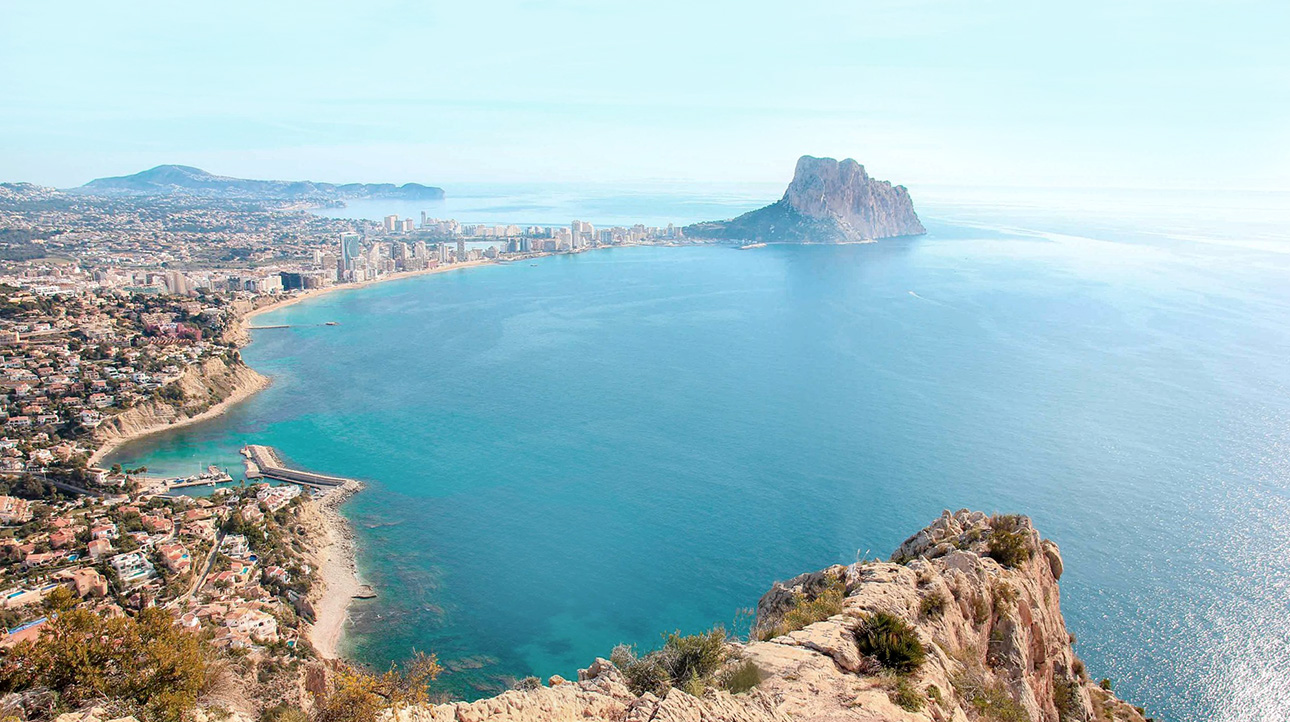
The iconic Peñón de Ifach stands proudly at 332m at the head of Calpe, surrounded by the shimmering blue of the Balearic Sea.
It is a monolithic massive limestone hulk, joined to the mainland by a little isthmus.
With a protected surface area of just 45 hectares, Peñón de Ifach is one of the smallest nature reserves in Europe. Despite its size, the reserve attracts approximately 100,000 visitors each year.
The Peñón de Ifach is probably best not climbed if heights are not your thing as this view of the town and marina of Calpe, from the top of the rock, neatly and elegantly suggests!
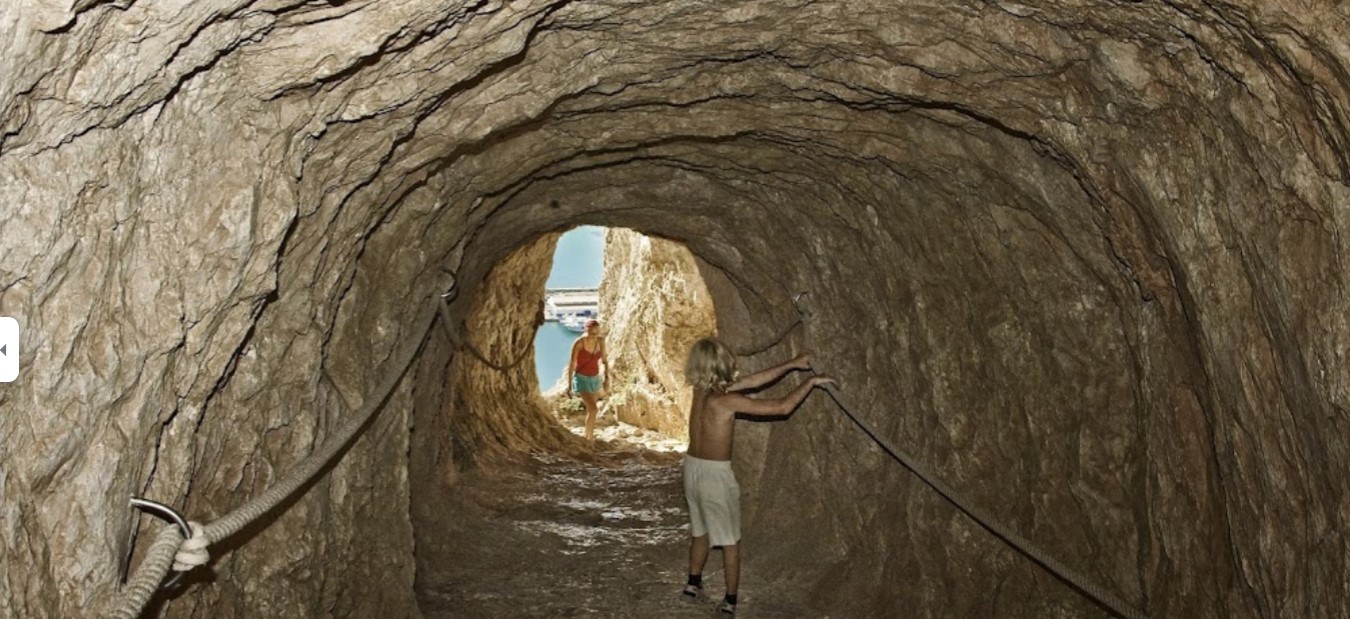
You don’t have to be a mountain climber to access the rock either because there are paths which snake up the mountain side, although of course a certain level of fitness and stamina is called for.
There are of course no facilities on the rock so planning a climb in advance, with good hiking boots, sun-cream, drinks and a snack are best prepared beforehand. The rock is NOT accessible or suitable for wheelchair users or for young children and more official information is available here.
